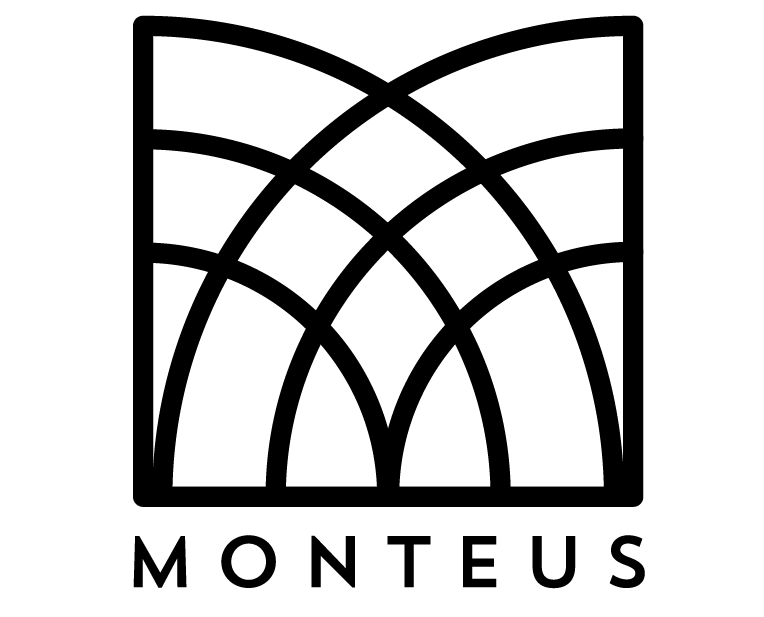Equipment Financing
A loan or financing arrangement known as equipment finance is used specifically to buy machinery or other equipment for a firm. Without having to pay for anything up front, it enables a business to get the equipment it needs to function and expand. There are many different ways to finance equipment, including loans, leases, and rent-to-own arrangements. The majority of the time, the funded equipment serves as collateral for the loan, giving the lender the right to confiscate the equipment in the event that the borrower fails on the payment. A variety of corporate assets, such as vehicles, machinery, computers, and other sorts of specialised equipment, are frequently purchased via equipment financing.
Equipment Financing Solutions
There are several different types of equipment financing solutions available to businesses, including:
- Equipment Loans: This is a traditional loan that is used specifically to finance the purchase of equipment. The equipment being financed serves as collateral for the loan, and the borrower makes monthly payments to the lender until the loan is paid off.
- Equipment Leasing: This is a financing arrangement in which a business pays to use equipment for a specific period of time. At the end of the lease term, the business has the option to purchase the equipment or return it to the lender.
- Rent-to-Own Agreements: This is a financing arrangement in which a business rents equipment for a specific period of time, with the option to purchase the equipment at the end of the rental period.
- Vendor Financing: This is a financing arrangement in which the vendor of the equipment provides financing directly to the business. The business makes payments to the vendor rather than to a traditional lender.
- Crowdfunding: This is a financing solution in which a business raises money for equipment purchases by soliciting small contributions from a large number of people, typically through an online platform.
- Factoring: This is a financing solution in which a business sells its accounts receivable (invoices) to a lender at a discount in exchange for immediate cash. This cash can then be used to finance the purchase of equipment.
- Equipment Rental: This is a financing solution in which a business rents equipment on a short-term basis, rather than purchasing it outright. This can be a good option for businesses that only need the equipment for a specific project or a limited period of time.
Pros and Cons of Equipment Financing
Here are some pros and cons of equipment financing:
Pros:
- Allows a business to acquire the equipment it needs to operate and grow without having to pay for it upfront
- Offers a way for businesses to conserve cash and preserve working capital
- Can provide tax benefits, as the interest on equipment loans is typically tax-deductible
- Can help a business to upgrade or expand its operations
- Can provide flexible repayment terms
Cons:
- The borrower may be required to put up collateral, such as the equipment being financed, to secure the loan
- If the borrower defaults on the loan, the lender can seize the equipment
- The borrower may be required to pay fees, such as origination fees or closing costs
- The borrower may be required to make higher monthly payments than they would with a traditional loan
- The borrower may be limited in the types of equipment they can finance
Overall, equipment financing can be a useful tool for businesses that need to acquire equipment, but it’s important for businesses to carefully consider the terms of the financing arrangement and ensure that it aligns with their needs and financial capabilities.
Applying for Equipment Finance
Here are some steps you can take when applying for equipment finance:
- Determine your needs: Before you start the application process, it’s important to have a clear understanding of the equipment you need and how you will use it. This will help you to determine the amount of financing you need and the terms that will be most suitable for your business.
- Speak with a broker: There are many different lenders that offer equipment financing, so it’s a good idea to speak with a broker who has access to multiple lenders to find the best terms and rates.
- Gather your documentation: Most lenders will require a variety of documentation in order to process your equipment finance application. This may include financial statements, tax returns, and proof of ownership of the equipment you are financing.
- Submit your application: Once you have gathered all of the necessary documentation, you can submit your equipment finance application to the lender of your choice.
- Negotiate the terms: Once you receive an offer, your broker may be able to negotiate the terms of the financing arrangement to better suit your needs. This may include the interest rate, the length of the loan, and any fees associated with the financing.
- Review and sign the agreement: Once you have negotiated the terms of the financing arrangement, you will need to review and sign the agreement. Make sure you understand all of the terms and conditions before you sign, and consider seeking legal advice if you have any questions or concerns.
- Use the equipment: Once you have received the financing and acquired the equipment, you can start using it to grow and expand your business. Remember to make your monthly payments on time to avoid defaulting on the loan.
